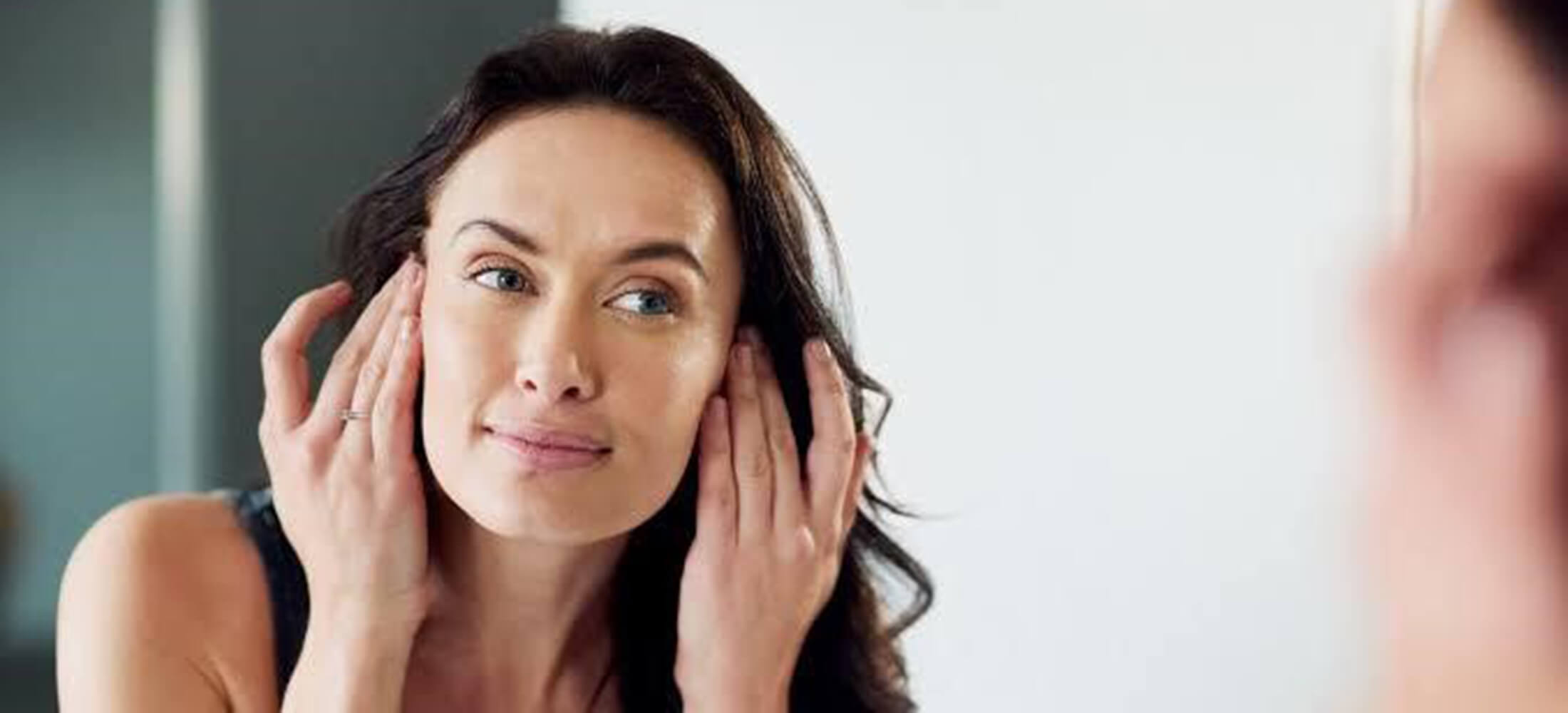When it comes to skincare, the one question you should ask yourself is: Do I wear sunscreen every day? Although you understand the significance of shielding your skin from the sun’s harmful rays, there is a possibility that you are presumably not utilizing a good sunscreen except if you are on vacation by the sea or skiing. You may have a good lotion or foundation containing SPF, and think that it is enough to shield your skin. However, you could not be any more wrong.
You need to protect your skin the entire day, throughout the year. Albeit some sun exposure is useful for you, having a tan is an indication of damaged skin and can have serious consequences over the long haul. It does not just add to a gigantic 80% of noticeable skin maturing, but in addition, conceivably prompts skin disease.
Anyway, aside from SPF what else do you have to search for to shield your skin from sun harm?
Sunscreen, suntan lotion, sun cream, UV-A, UV-B, SPF… if every one of these various names and abbreviations leaves you feeling perplexed, fret not. I will make sunscreen very straightforward and mention to you what to search for while picking an item and how to utilise it to guarantee you give your skin an undeniable degree of protection.
What is sunscreen?
Sunscreens help in protecting your skin from the sun’s damaging ultraviolet (UV) radiation. UV rays can harm your skin in different ways: from agonising sunburns to untimely aging, and in severe cases, even skin cancer.
Sunscreens use UV filters to protect your skin from the sun, making a layer that serves as a barrier and consequently decreases the danger of getting sun harm.
UV-A and UV-B: The Difference
UV-A rays are what cause your skin to tan. However, they also cause the skin to age. They do this by infiltrating deep into your skin and actuating melanin cells, which deliver more pigment, darkening the skin. What’s more, is that even though this may not sound that terrible, the serious peril of UV-A beams is that they harm your collagen, which influences the elastin in your skin and thus, causes signs of premature aging such as wrinkles, brown-colored spots, leathering, and so on.
UV-B beams, conversely, are answerable for sunburn and skin reddening. This implies they are truly hazardous as they cause harm to your cell DNA, which can prompt skin cancer.
A simple method to recall them is to think of A for aging and B for burning.
As exposure to UV-A and UV-B rays is similarly hazardous, you ought to consistently utilise sunscreen-containing ingredients that protect you from both types of rays.
Chemical and Physical sunscreens
Mineral/physical sunscreen contains inorganic physical UV filters that reflect, dissipate, and block UV beams before they infiltrate the skin. The two most basic ingredients are titanium dioxide and zinc oxide. They offer security from both UVA and UVB beams, are less inclined to disturb your skin, and are normally hypoallergenic. In addition to this, they also reflect heat which makes them a great option if you experience the ill effects of rosacea or other skin conditions described by overabundance redness. Moreover, most mineral sunscreens and most are non-comedogenic, which means they are less inclined to obstruct your pores. On the disadvantage, they can rub off easily, so you need to continuously reapply them. Physical sunscreens also leave a white buildup on your skin and are frequently very thick in consistency.
On the other hand, chemical sunscreens contain natural active ingredients that retain UV radiation as it contacts the skin. They launch a chemical response that changes UV beams into heat, which is then delivered from the skin. In contrast to actual filters, compound UV filters regularly just secure against either UVA or UVB beams, not both.
Regular chemical UV filters incorporate avobenzone, octinoxate, octisalate, oxybenzone, and octocrylene. Their instability means that they rapidly degrade in daylight, thus, you have to continuously reapply them. Moreover, they can influence certain chemicals in your body, and increment your body’s creation of free radicals after exposure to the sun. These ingredients can likewise bother the skin, close your pores, and disturb the eyes. In any case, chemical sunscreen will in general be simpler to apply and absorb well to your skin due to its thin consistency.
How high should the SPF be?
SPF represents the Sun Protection Factor. It is essentially a method of estimating the sunscreen’s capacity to shield your skin from harmful UV light. So when choosing what factor to go for, ensure you go high.
If you somehow happen to go out into the sun with no sunscreen, it will take around 15 minutes for your skin to burn and start going red. This implies that utilising a sunscreen with SPF-15 will delay the time for your skin to burn by around 5 hours, this is around 15 times longer than without insurance. It is, in this way, prescribed to consistently utilise sunscreen containing SPF-30 or higher.
An alternative way of viewing this is,
- SPF 30 allows only 1/30 of UVB rays to hit your skin, which means that 29/30 are blocked. This calculates to SPF 30 blocking 97% of UVB rays.
- SPF 50 allows only 1/50 UVB rays to hit your skin, which means that 49/50 are blocked. This calculates to SPF 50 blocking 98% of UVB rays.
How much sunscreen do you need?
In the event that you intend to be out in the sun for a significant stretch of time, even in the cold weather, ensure that you apply a lot of sunscreen and reapply it consistently.
Regardless of whether the item you are utilising has a mark saying: ‘apply once per day’ or ‘water-safe,’ your skin can in any case burn. This is because we will in general use almost nothing, applying less than 50% of the suggested sum.
An amazing guideline is to utilise one teaspoon for every body part that is being presented to daylight, for instance: one teaspoon for your face, another for each arm and every leg, and so on.
To give your skin the highest level of protection, apply it 30 minutes before going out in the sun, with the goal that it tends to be completely absorbed and more powerful in filtering the UV beams. Furthermore, recollect, that up to 85% of sunscreen can be handily removed by towel drying or any movement causing heavy perspiring, so you must consistently re-apply your sunscreen after every 2-3 hours, regardless of whether the name says it can last more.
Can you re-use sunscreen from last year?
The appropriate response is no. Sunscreen has a shelf life of realistic usability as it gets harmed and is less effective whenever presented with high temperatures or direct daylight.
So at most, you can save it for 12 to 18 months, however, if you can, try to supplant it sooner. Your skin is valuable, so you ought to consistently take care of it and give it the best security.
Sunscreen myths worth ignoring
- Sunscreen can cause a lack of vitamin D. There is in reality no logical verification behind this proclamation. No examinations have shown that wearing sunscreen causes vitamin D deficiency.
-
- You don’t have to wear sunscreen when it is cloudy. Up to 40% of the sun’s UV radiation actually enters the Earth even when it is cloudy. Thus, you ought to wear sunscreen consistently.
- My skin has effectively been harmed, it’s past the point where it is possible to do anything. It is never past the point where it is possible to make a move and secure your skin. While you can’t fix any perpetual harm brought about by the sun, you can prevent further harm from happening.
What if there are changes in my skin after exposure to the sun?
If you notice any moles that appear to be different from other moles or start to change shape or colour, or if a mole gets irritated, hurts, or begins to bleed, get yourself checked quickly by your doctor. What’s more, is that you must always consult your primary care physician about any stressful skin changes, however little they may appear. A good sunscreen is your skin’s dearest companion, consistently protecting it from the sun throughout the entire day. So putting resources into a top-notch item isn’t simply savvy, it is also fundamental.










